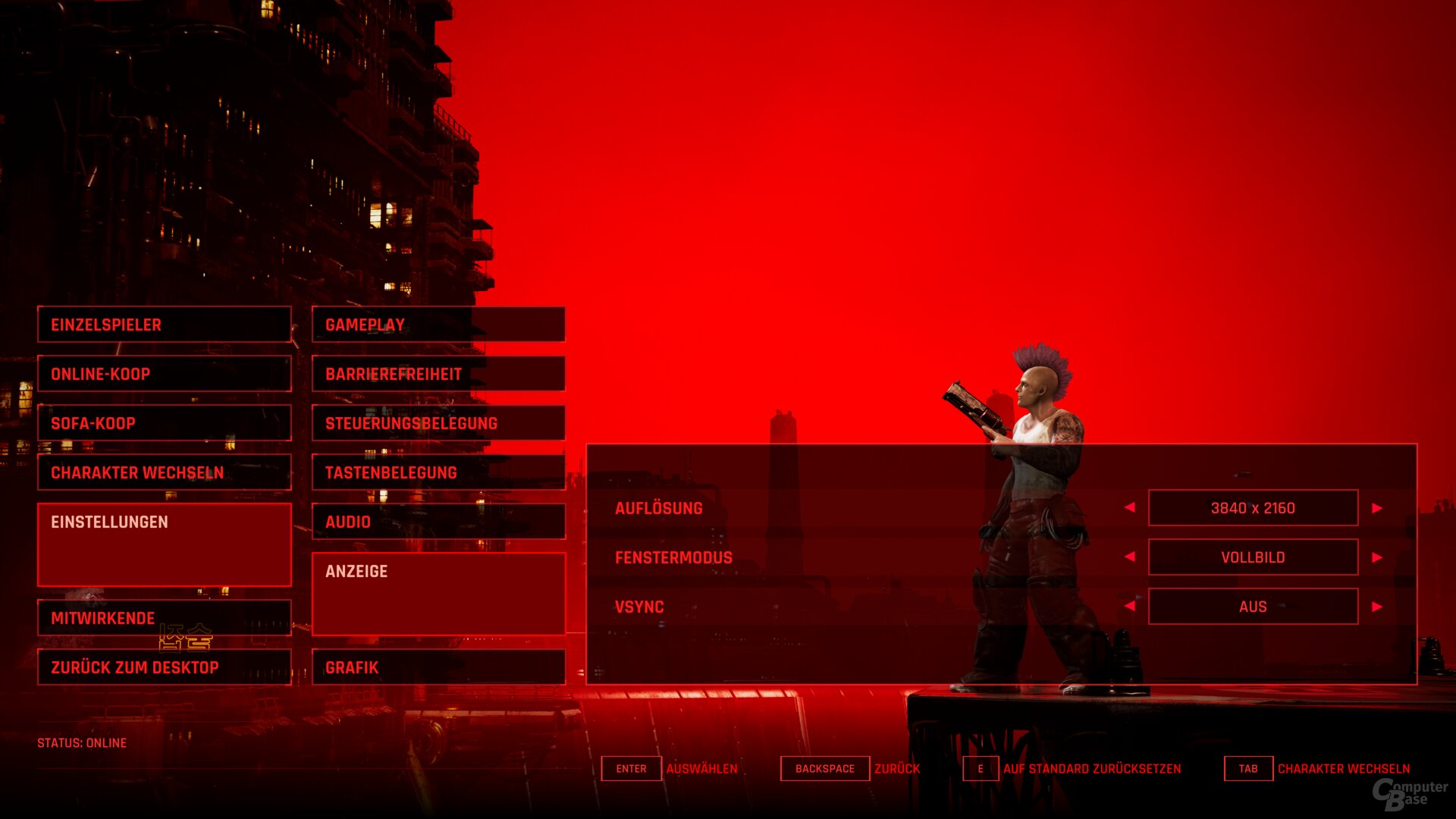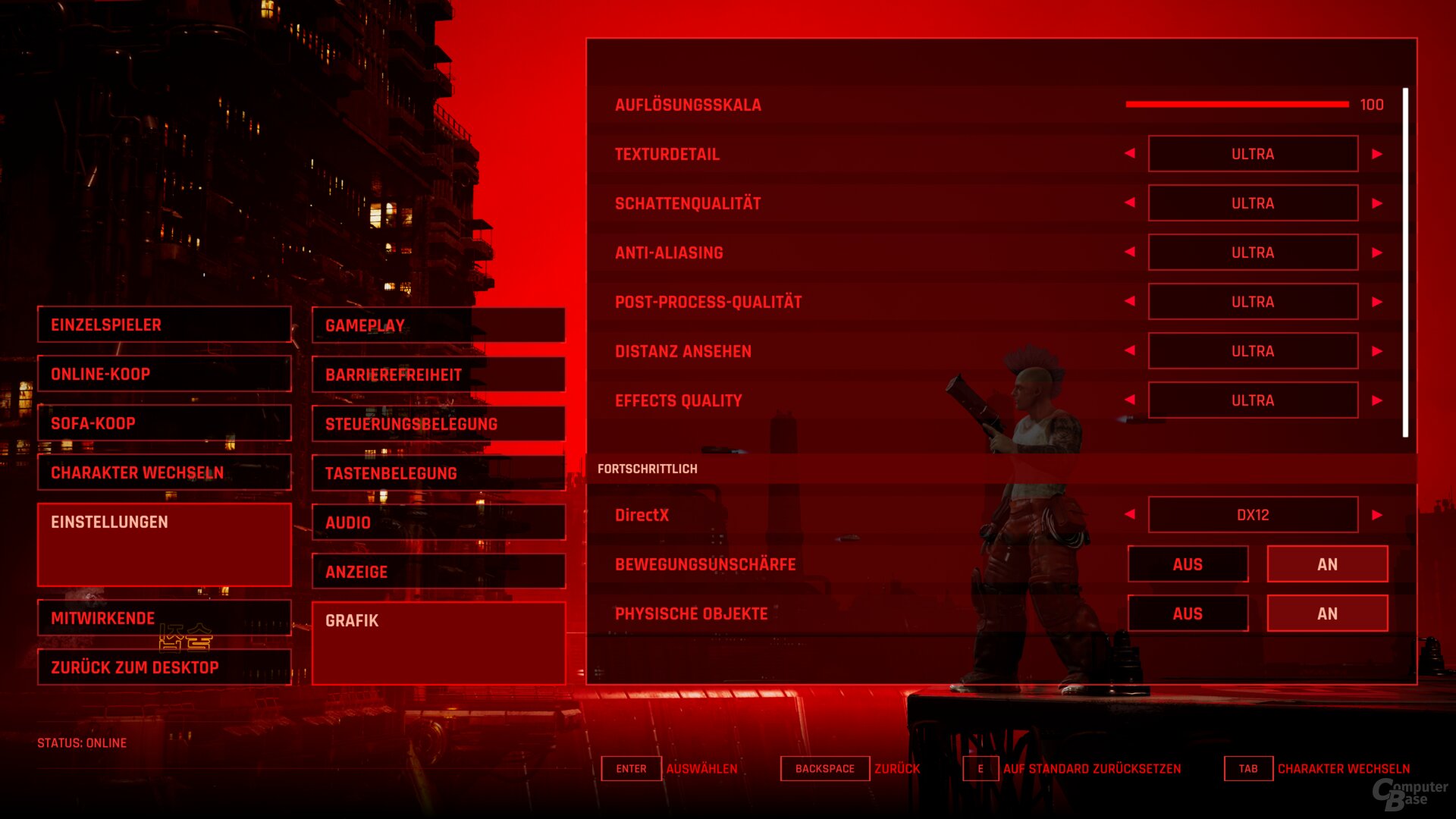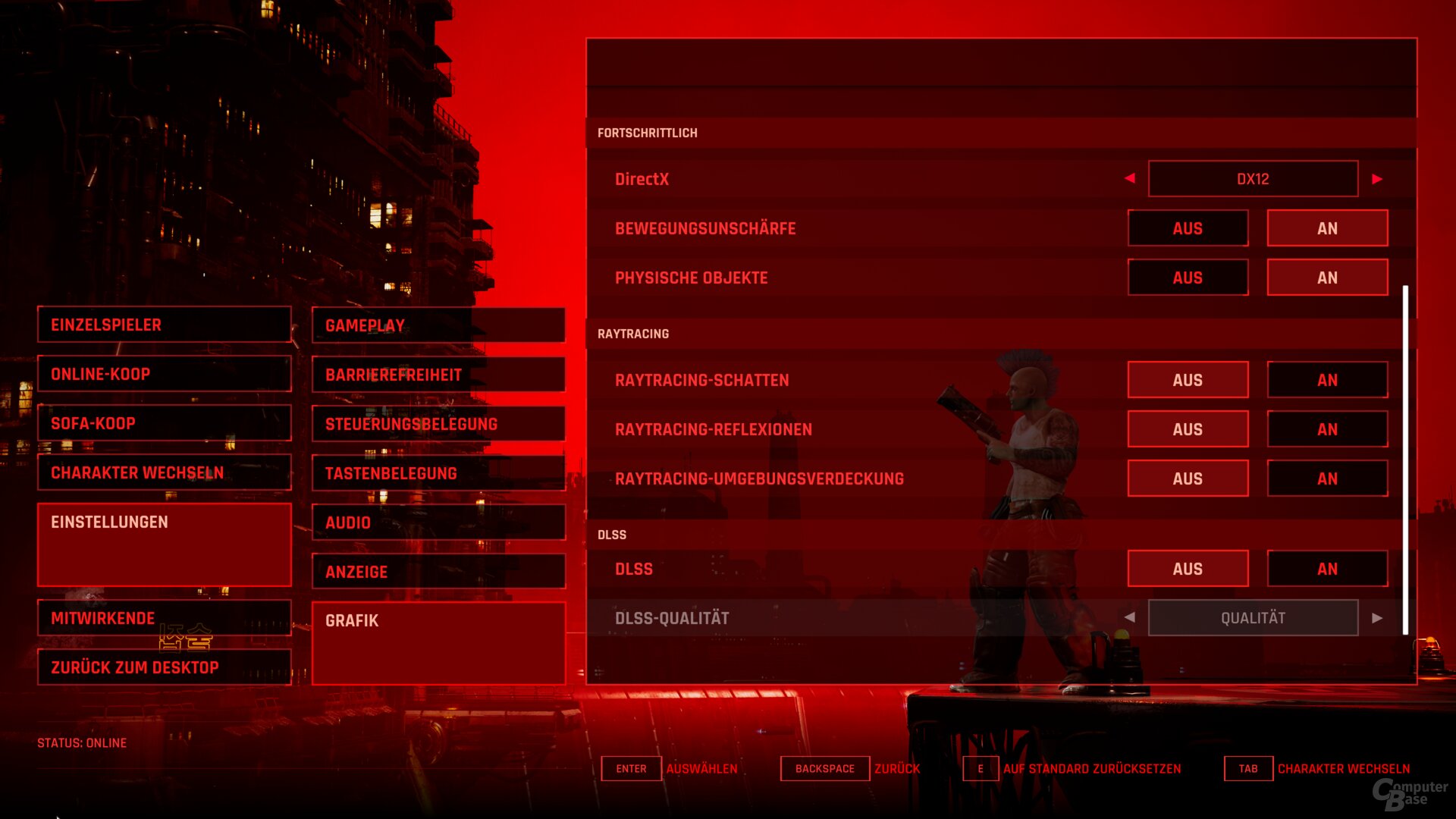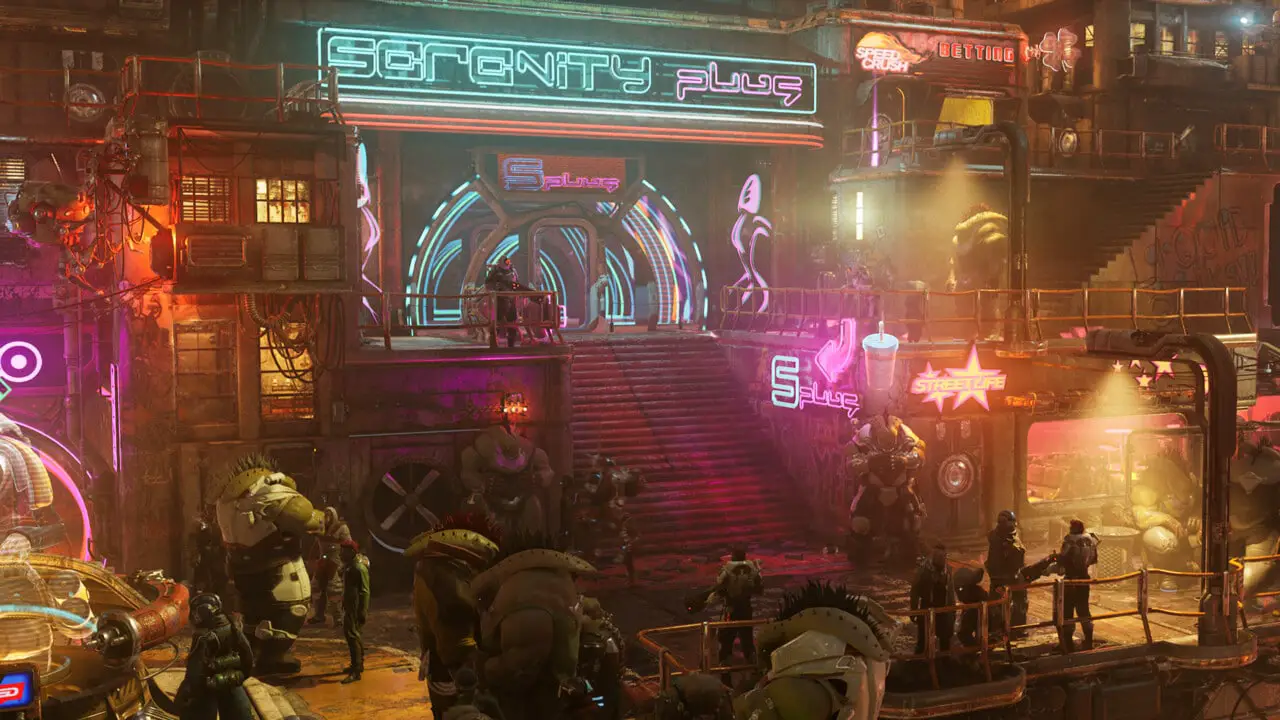The Ascent in the technology test – ComputerBase
: Test |CUP | Specs |Config
The Ascent is like Diablo with guns, direct controls and nice graphics because it looks really good in places. One reason for this is ray tracing, which raises the optics a bit, but sometimes also costs a lot of performance. The Unreal Engine 4 used, however, also shows a weakness.
Even if real graphics blasts are almost always handled by large AAA studios for resource reasons, from time to time there are games by small developers that amaze you as well. Kena: Bridge of Spirits, coming out in September, comes to mind and The Ascent is definitely one of them.
The Ascent is being developed by Neon Giant, a Swedish team that consists of a double-digit number of employees. The title attracts a lot of attention not only with its gameplay, because the action role-playing game is ultimately a kind of Diablo with direct controls and firearms. The really nice-looking trailers and screenshots also contributed to this.
The Ascent takes place in the cyberpunk universe and optically takes full advantage of this. The look is kept in a mixture of “dirty” and “motley”, everywhere there are large, glowing billboards, lots of rain, very effective weapon effects and a really successful atmosphere throughout. Even if you notice in the graphics alone with the numerous restrictions such as the fixed camera perspective typical for top-down shooters, the less complex animations and much more that there is not a large team with a lot of budget behind the development, the optical impression does that no termination. The Ascent just turned out to be a really nice game.
Neon Giant implemented the project with the Unreal Engine 4, whereby not only the DirectX 11, but also the DirectX 12 renderer can be selected. To give the graphics quality a further boost, The Ascent supports ray tracing on GeForce RTX and Radeon RX 6000 graphics cards, which is used for shadows, ambient obscuration and reflections. DLSS can also be activated on corresponding Nvidia models.
The Ascent has a simple graphics menu on the PC, with many individual switches, but ultimately not too much can be set. The game doesn’t even have graphics presets, instead there are six individual options that can be used to change the level of detail.
Accordingly, there is no FPS limiter, no sample screenshots, no descriptions of the options or other convenience options. After all, upsampling made it into the game (50 to 100 percent resolution in steps of 1). Downsampling, however, is missing.

The Ascent’s graphics menu
image 1 Of 3



You can switch between DirectX 11 and DirectX 12 directly in the graphics menu, and ray tracing and DLSS can also be configured there. On the positive side, with the exception of an API change, all options are accepted without restarting the game.
On the next page: Ray tracing and DLSS in The Ascent















